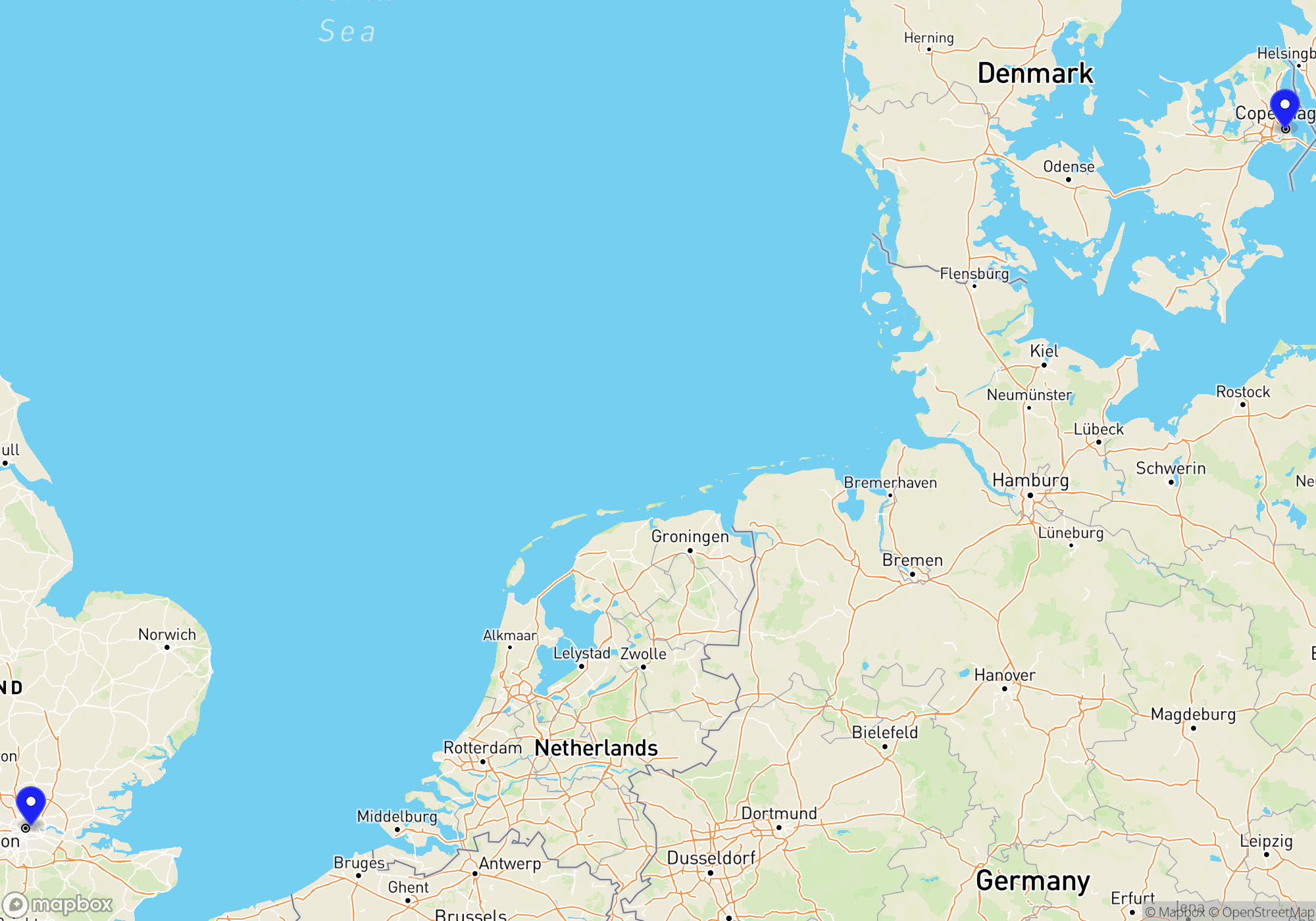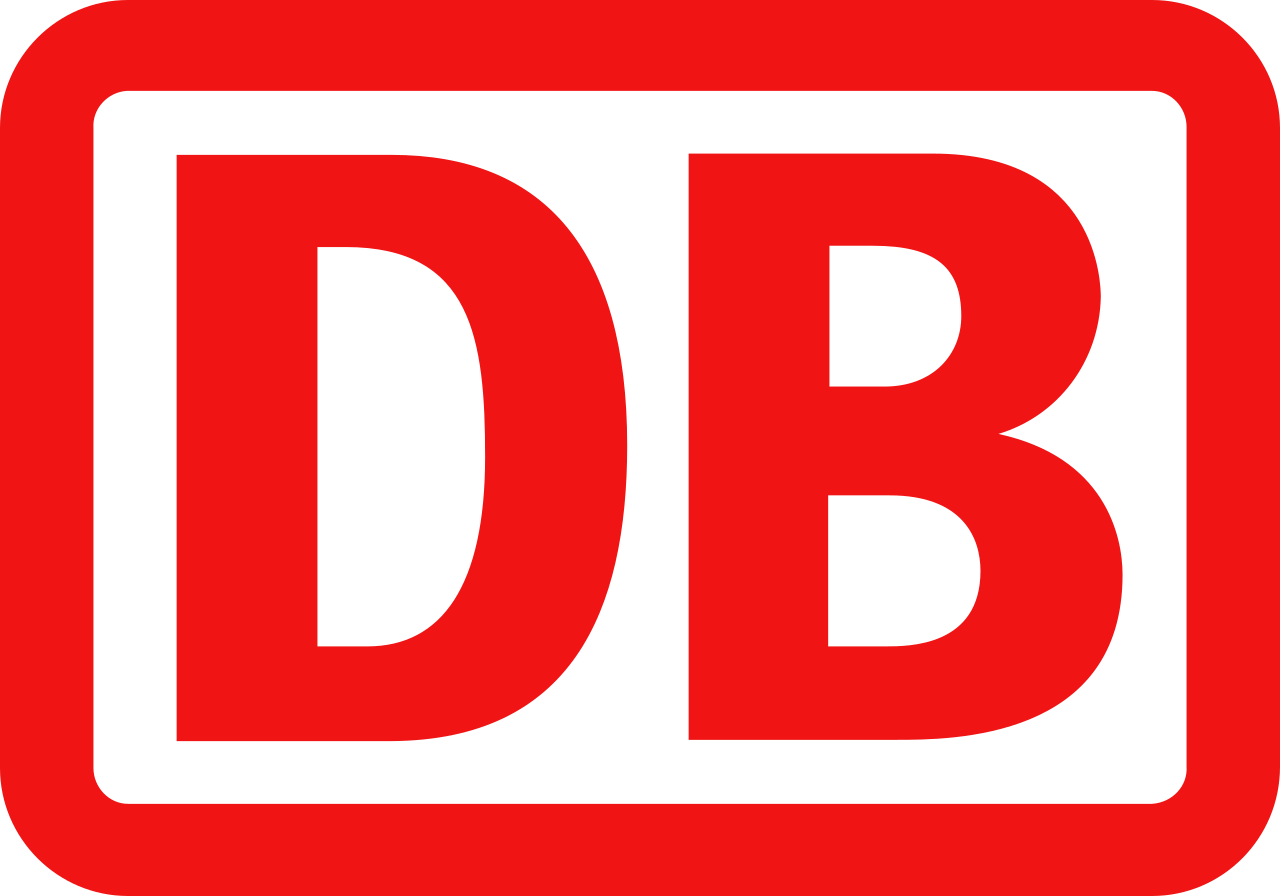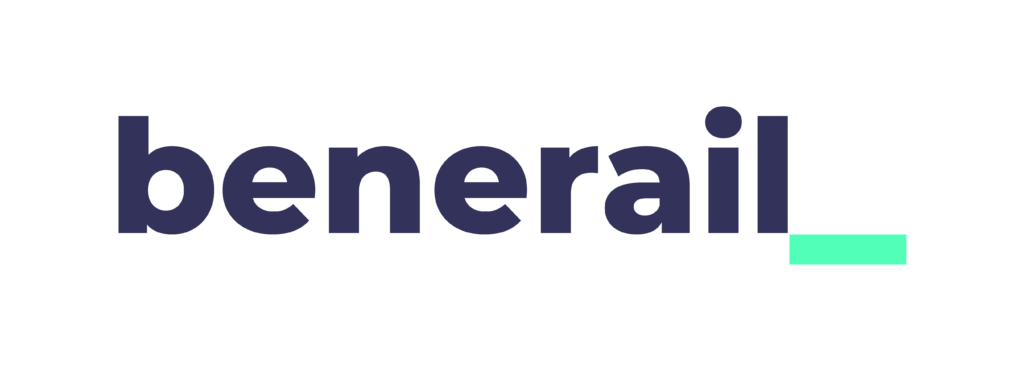
You can buy train tickets directly from the operator or through a reseller. The reseller is typically slightly more expensive (3-5%) but can provide an easier booking experience, especially if you travel with more than one operator.


These operators provide a complete journey either as a direct connection or through their partners. Even if a change of trains is involved, it’s all part of a single itinerary managed by the same train company or its partners, offering a smoother and more coordinated travel experience.

Some operators don’t run direct trains the whole way, but they serve either the departure or arrival station. In many cases, you can combine two of these operators to complete your journey by changing trains along the way. This is often a flexible and budget-friendly way to travel — especially if you’re comfortable piecing together your own itinerary.
Just keep in mind that these are separate journeys, which means a delay on the first leg could cause you to miss the second without automatic compensation or rebooking. It’s a great option for confident travelers who don’t mind a bit of extra planning.




FlixBus is a well-known European transportation company, primarily recognized for its intercity bus services rather than trains. This might be a confusion, as FlixBus does not operate trains directly between London and Copenhagen. Instead, they provide extensive bus services across Europe, known for being affordable options for travelers.
FlixBus offers comfortable, modern buses with amenities such as free Wi-Fi, power outlets at seats, and spacious seating with extra legroom. Some buses also provide snacks and beverages for purchase. Customer support for FlixBus is typically available online and through their mobile application, offering real-time updates on schedules and departure information. First-time travelers would find their online platform intuitive for booking trips, managing reservations, and accessing customer assistance.
If the intention was to travel via rail from London to Copenhagen, a combination of traditional rail operators would be more appropriate. This journey usually involves using services like Eurostar for the London to Brussels or Paris segment, and then connecting with high-speed European trains operated by companies like Deutsche Bahn or DSB for the remainder of the journey to Copenhagen. These trains come equipped with amenities like comfortable seating, dining cars, quiet zones, and onboard Wi-Fi. Each operator offers robust customer service, often accessible both online and at stations, aiding in multilingual support and assistance with travel arrangements.
The Interrail Global Pass is valid for travel from London to Copenhagen for EU residents, but it cannot be used within the country of residence for the entire journey. A UK resident would need to purchase a separate ticket for travel within the UK before using the Interrail Global Pass in the eligible countries, starting from the port of departure. The Interrail One Country Pass is not applicable for this route as it is valid only within a single country. The Eurail Pass is valid for non-EU residents traveling from London to Copenhagen, covering the journey starting from the port of departure outside the UK.
Upon arriving by train at Copenhagen Central Station, you have several efficient options to get around the city using local transportation. The Copenhagen Metro is a convenient and fast way to navigate the city, featuring driverless trains that run frequently and cover several key areas including the city center, the airport, and various neighborhoods. The metro lines are M1, M2, M3 (City Circle Line), and M4. Buses are another reliable option, with extensive routes throughout the city and suburbs. The S-train (S-tog) is a suburban rail network that connects the city center to surrounding areas, perfect for day trips or reaching distant neighborhoods. Taxis are readily available and can be hailed on the street or booked via apps like Taxa 4×35 and Dantaxi. Ridesharing is also available through services like Uber, although its availability can vary and regulations may change. Biking is highly recommended as Copenhagen is renowned for its cycling infrastructure, with many bike rental shops and the Bycyklen bike-share program providing easy access to bicycles.
Copenhagen serves as a major hub in the Scandinavian and European rail network, offering various domestic and international rail connections. Domestically, one of the most popular routes is from Copenhagen to Aarhus. This journey typically takes around three to four hours, providing scenic views of the Danish countryside and is well-serviced by InterCity trains. Another common domestic route is from Copenhagen to Odense, which takes about an hour and a half, making it a convenient trip for those looking to explore the city known for its association with Hans Christian Andersen.
Internationally, Copenhagen is well connected to other Nordic cities and beyond. Travelers can take a direct train from Copenhagen to Malmö, Sweden, across the Öresund Bridge, which takes about 40 minutes and offers a quick, scenic gateway to Swedish destinations. For longer journeys, the EuroCity train provides a direct connection from Copenhagen to Hamburg, Germany, which takes roughly four and a half hours. This route is popular for those looking to explore Germany or further travel into Europe.
For those wishing to extend their travel further into the Nordic region, the night train from Copenhagen to Stockholm, Sweden, is a practical option, taking approximately five and a half hours on fast trains during the day or around eight hours on the night service. This provides a comfortable overnight experience with sleeper options. These rail connections are well-integrated, often allowing for smooth transitions and the possibility of further connections to various destinations throughout Europe, making Copenhagen an ideal starting point for rail travel in both Scandinavia and the wider continent.
The best time to visit Copenhagen, particularly if you are arriving by train, is during the late spring and early summer months between May and June. During this period, the weather is typically mild and pleasant with longer daylight hours, making it ideal for exploring the city. Prices for accommodation and travel tend to be more reasonable compared to the peak summer months of July and August. Additionally, there are various festivals and events such as the Copenhagen Jazz Festival and Distortion street party occurring in June, which offer vibrant cultural experiences. Autumn, particularly September, is also a good option as it provides a comfortable climate and fewer crowds, along with events like the Golden Days Festival. However, tourist activities remain abundant throughout the year with attractions such as Tivoli Gardens and the Nyhavn district open to visitors regardless of the season. Keep in mind that winter in Copenhagen can be cold and dark, with December bringing the charm of holiday markets but at potentially higher costs due to the festive season.
When traveling from London to Copenhagen by train, it’s important to pack wisely to ensure comfort and preparedness for your journey and stay. Begin with your travel essentials, including your passport, as the UK is not part of the Schengen Zone, making this document necessary. You may also need to carry any relevant visas, although EU nationals typically do not require one for Denmark.
Clothing appropriate for the time of year is crucial, especially considering the varying climates between London and Copenhagen. Layers are recommended, alongside waterproof items like a jacket or umbrella due to potential rain.
For electronics, pack a universal travel adapter and a power bank to keep your devices charged, as Denmark uses type C, E, K plugs, while the UK uses type G.
Comfort is key for your train journey; pack a neck pillow, travel blanket, and snacks to make the ride more pleasant.
Denmark uses the Danish krone, so it’s wise to have local currency or a credit card that offers favorable exchange rates and low fees for foreign transactions.
Additionally, pack a reusable water bottle, travel-size toiletries, and hand sanitizer for convenience and hygiene. A small first-aid kit can also be handy, including essential medications and adhesive bandages.
Lastly, bring a guidebook or download apps related to Copenhagen’s public transport and attractions to help you navigate and explore the city efficiently.